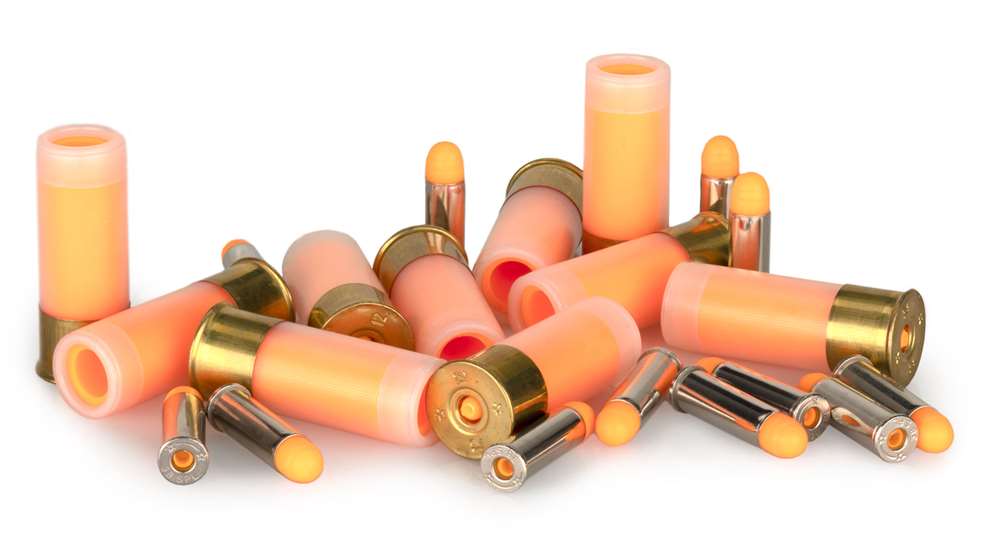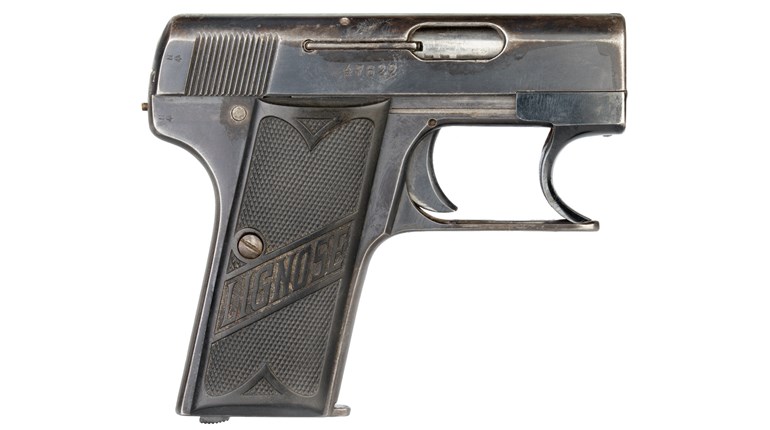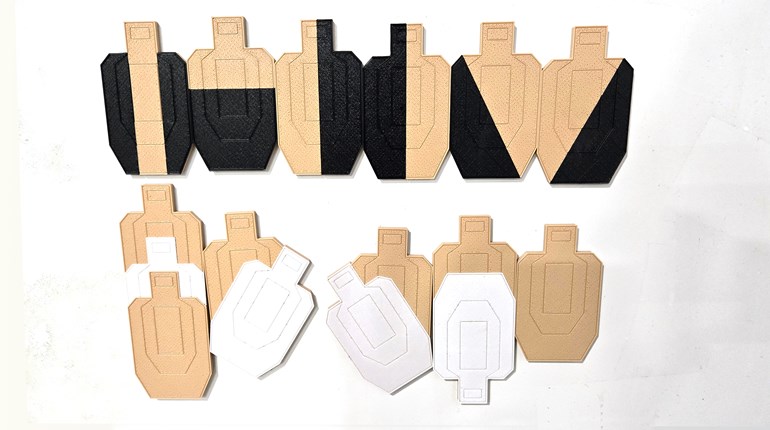
Having two six-shot revolvers—one with a transfer bar and one without—are snap caps needed for dry firing either one or both?
Bob Siino, Brooksville, FL
I was told that I should never dry-fire my shotguns without a snap cap or dummy round in the chamber. Why was that recommended, and what is its purpose? Also, what is the difference between a snap cap and a dummy round? Do they serve the same purpose? Are they interchangeable?
T. Bemis, via e-mail
Dry firing is one of those controversial subjects upon which everyone seems to have an opinion. I am a big proponent of dry firing handguns and rifles, particularly when using my Wall Drill to improve. It also helps sustain trigger control and sight alignment as a collective rather than a separate effort. Dry firing against a wall keeps the eye on the front sight through the pull of the trigger, which maintains follow-through, allowing detection and correction of deficiencies in the foundational skills of shot delivery.
With the exception of rimfire revolvers and revolvers with the firing pin mounted on the hammer, I see no hard and fast reason that snap caps are needed to dry-fire your revolvers. That said, there is certainly nothing wrong with using them in either of your revolvers just to be on the safe side. If you want a second opinion, I recommend contacting the manufacturer of your firearms and see what it has to say. I suspect the manufacturer will agree with my suggestion, but there is always the chance it will have a different perspective. I would support the manufacturer’s opinion in that manufacturers usually know more about their products than individuals not in their employ.
Although snap caps and dummy rounds are often lumped into the same category, they are slightly different in nature.
Dummy rounds are available in different colors and can be made of metal or plastic in the external dimensions of a specific cartridge. Typically, they have a solid base or occasionally a hollow opening where the primer pocket would be located.
A subset of a dummy round is the action-proving cartridge, which is loaded to the external dimensions and weight of live ammunition, but is without propellant and is visually identifiable from live ammunition. Its purpose is to validate proper feeding, chambering, extracting and ejecting of ammunition through a semi-automatic firearm.
Dummy rounds are also used as a diagnostic tool when interspersed with live ammo in a shooter’s magazine to detect deficiencies in shot release. When the shooter pulls the trigger on a dummy round, the gun should not move any more than it did prior to pulling the trigger. If additional movement of the gun is experienced, there is work to be done to improve shooting performance.
Snap caps differ from dummy rounds in that they have a rubber or spring-loaded mechanism located in the base of the cartridge to cushion the impact of the
firing pin when the trigger is pulled.
A snap cap provides something for the firing pin to contact, like the primer in a live cartridge. In fact, the snap cap is intended to replicate what the firing pin experiences when firing live ammunition.
This is important in older firearms, especially shotguns, because without something like a primer to impact when the trigger is pulled, something must absorb the energy generated by the released spring tension powering the firing pin. This could be internal metal parts or springs, all of which will fatigue over multiple impacts. This fatigue often leads to broken parts and failure of the gun to function properly.
Older firearms, especially shotguns, should be stored with snap caps in place, enabling the springs driving the firing pins to be relaxed by pulling the trigger(s) prior to being put away. Think of it in this manner: The firing pin is designed to impact a primer, which stops its forward movement when firing a gun. The snap cap provides the same feature in stopping the firing pin with the addition of a little “give,” similar to indenting a primer.
In addition, snap caps are generally brightly colored to distinguish them from live ammo, which helps to maintain the separation of live ammunition and the gun especially during storage and dry-fire exercises.
It is always good to have a few snap caps of the appropriate caliber or gauge in your range bag for dry-firing or storage purposes. Such a simple piece of gear can really help take your training to the next level.



































